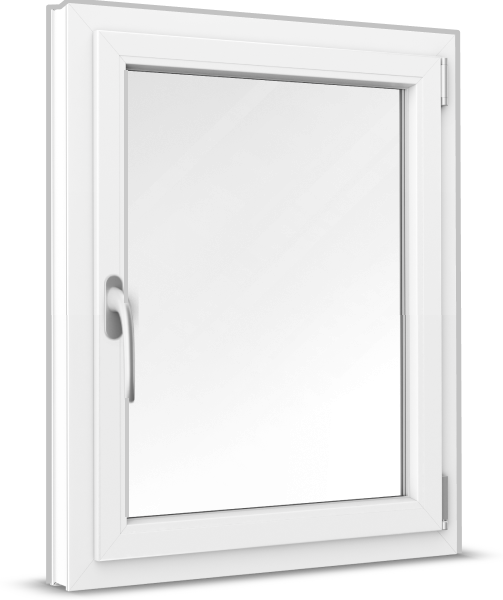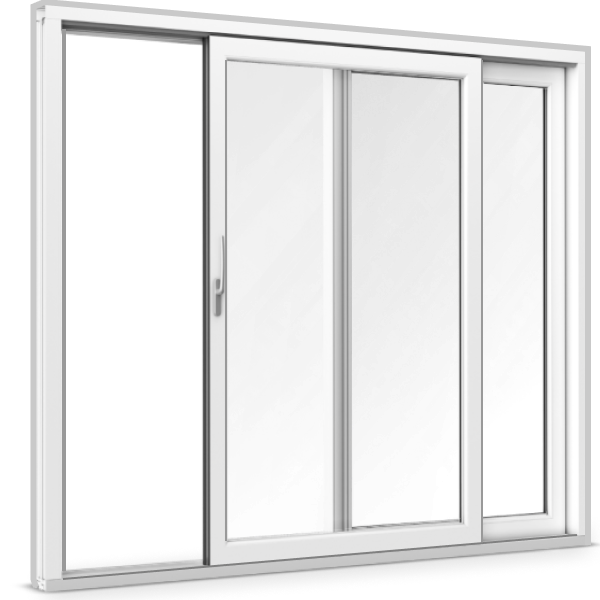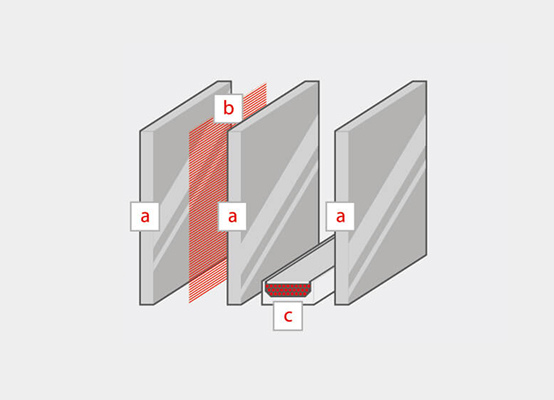-
Windows
 Windows
Windows
-
French Doors
 French Doors
French Doors
-
Patio Doors
 Patio Doors
Patio Doors
-
Front Doors
 Front Doors
Front Doors
-
Roller Shutters
 Roller Shutters
Roller Shutters
-
Window Sills
 Window Sills
Window Sills
-
Sign in
Contact us
Create peaceful, warm interiors regardless of where your property is located with our high-quality acoustic glass that can be precisely tailored to your preferences. At windows24.com noise reduction can be paired with glass adjustments to also meet further requirements like enhanced safety, break-in protection, and privacy. To design your ideal glazing today, just read on, contact our expert team for advice, or head to the configurator to browse the options and place your order.
Configure now
Because sound is a type of energy with vibrations that form waves, to insulate it thick low-density materials with a high mass are needed as they best absorb the vibration. Sound is measured in decibels (dB).
In Europe, noise reduction in the building industry is defined as the amount that the exterior noise needs to be reduced by to reach a recommended 32 dB for the interior.
If road traffic produces 70 dB of noise, for example, open windows would let in all of this. A closed model with acoustic glass that can absorb 40 dB, on the other hand, would mean that only 30 dB remain audible to create a quiet interior.
Different sounds have different frequencies, measured in Hz. Noise from a train has a frequency of around 160 Hz, for example, whereas church bells tend to reach 440 Hz. To best insulate homes located close to specific sources of sound, we can adapt acoustic glass to suit the frequency. To request this and to find out more, please contact our team.
Acoustic glass is purpose-designed to slow the travel of sound waves through windows or doors and to absorb vibration.


We asked our team of experts for the best configuration to achieve maximum soundproof windows. Their answer?
"The wood-alu Eco Idealu profile in pine with acoustic triple glazing."
This product features additional insulating foam and is made from a soft wood with a low density. These features are an excellent combination when it comes to absorbing vibration. Furthermore, the triple-glazed acoustic noise glass ensures premium energy efficiency to create peaceful interiors with a stable interior temperature year-round. The wooden interior and core of the product additionally adds natural sturdiness as well as charm thanks to its bespoke grain patterns and natural sturdiness, while the external metal cladding enhanced weather resistance and durability.